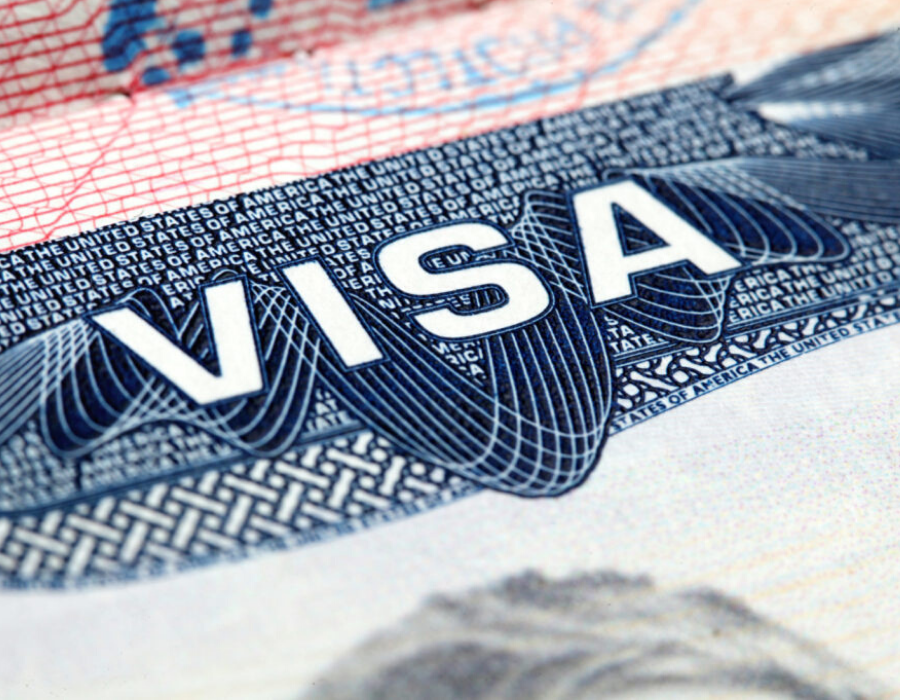How to Successfully Handle H-1B RFEs and Increase the Approval Rates
Author: Kamala Maddipoti, Esq. Attorney At Law, Kamala Law Corporation

USCIS is issuing RFEs for majority of the H-1B petitions. Indications are that this trend will continue for the foreseeable future. Furthermore, H-1B denial rate is also on the rise across the spectrum from large to small businesses. IT service businesses are predominantly hit hard with fewer approvals compared to product-based businesses. Current administration adopted an anti-immigration policy and passed BAHA (Buy American and Hire American) Executive order and authorized Department of Homeland Security to create several policy memos which raised the evidentiary standards for H-1Bs.
The top reasons for RFEs are Right to Control, Specialty Occupation and placement at third party worksites. USCIS is often challenging the submitted evidence as not being met their standards. On top of that, their standards of adjudication are constantly changing without proper guidelines. RFEs/Denial Notices cite reasons like - project ends before the requested period of employment, end client requirements haven’t been mentioned, employer lacks control over employee etc.
The best way to address the RFE issue is to minimize the chances of getting the RFE in first place. This can be achieved by providing detailed supporting information during the initial filing of the H1B petition. In cases where enough information is not provided, businesses should be prepared to receive an RFE under the current circumstances. Addressing an RFE requires lot of effort as it requires gathering detailed information as requested in the RFE. So, careful planning and attention to detail is paramount for the successful outcome.
Following are some of the suggestions that businesses can leverage to address the top RFE reasons and to successfully increase the approval rate of the H1B petitions.

